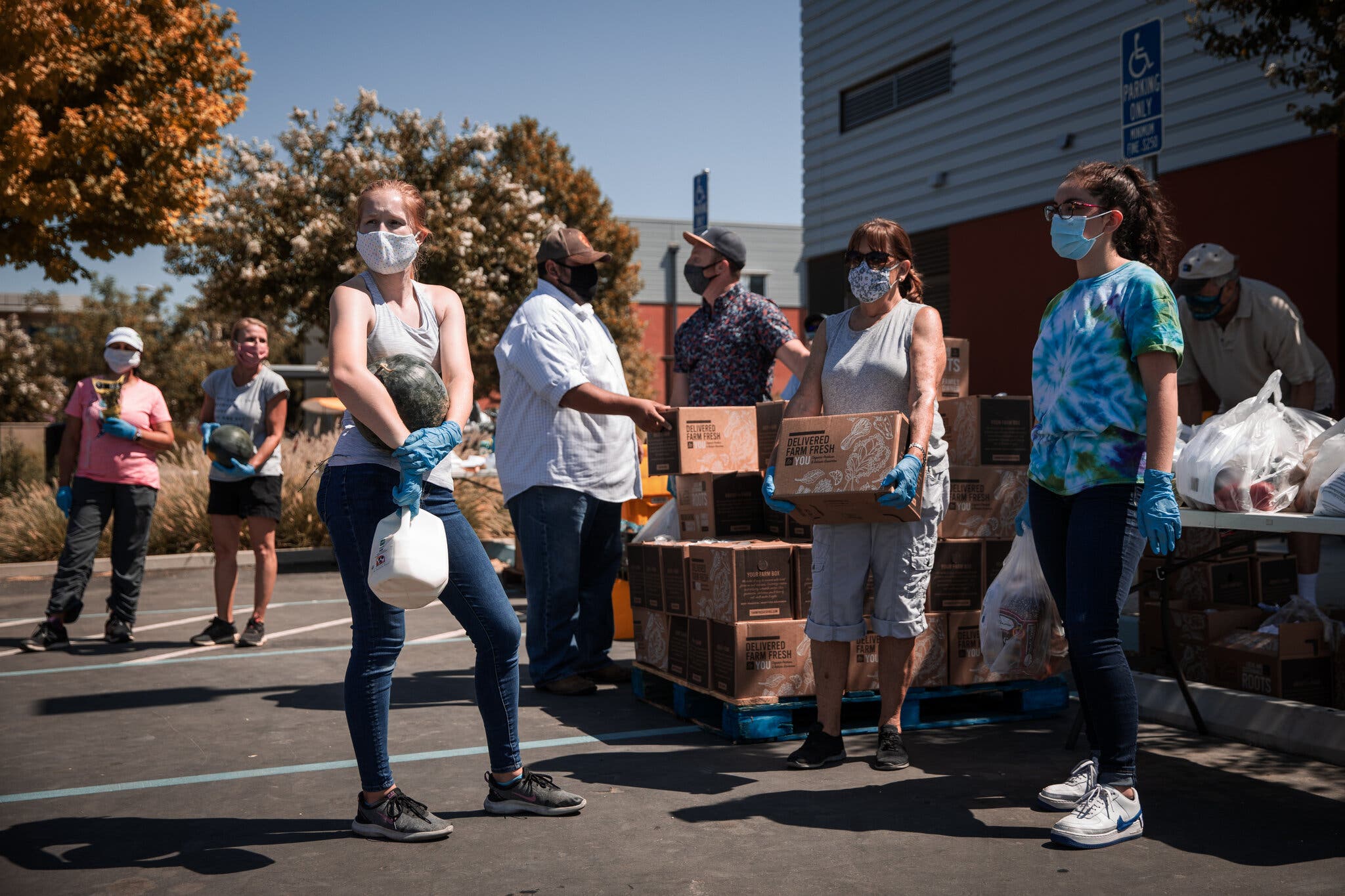The pandemic has caused millions of Americans to experience food insecurity for the first time. In cities across the U.S., branches of the food bank, Meals on Wheels, have reported that they are now serving more people than before the pandemic. Feeding America, the nation’s largest domestic hunger-relief organization, has estimated that this year the number of people facing food insecurity will near 42 million including 13 million children. Many not-for-profit organizations are concerned that once the emergency funding from Congress ends, they will have insufficient resources to meet this increased demand.
The Economic Research Service (ERS) of the U.S. Department of Agriculture keeps an annual track of food insecurity in U.S. households through a nationally representative survey. The survey asks how often in the last year members of a household had not had enough to eat, did not eat a balanced meal, or went hungry due to a lack of money. If the respondents answer in the affirmative to an adequate number of questions, they are considered to be affected by food insecurity or, at the extreme end of the scale, by hunger.
Food insecurity rates tend to increase as unemployment rises and income decreases. Households with children are more likely to be food insecure than those without. In over half of households, only the adults are food insecure because children are usually protected from substantial reductions in food consumption even in households facing very low food security.

Food security is also affected by where one lives. There are many neighborhoods across the U.S. that lack grocery stores or markets where fresh food and produce can be bought. People in such neighborhoods often only have easy access to fast food outlets and convenience stores and thus these areas are referred to as ‘food deserts’ or ‘food swamps’. A study of several communities established that wealthy neighborhoods had three times more grocery stores than low socio-economic neighborhoods, while white neighborhoods had four times more stores than African American neighborhoods. African Americans living in areas with more supermarkets were more likely to eat fruit and vegetables than African Americans living in neighborhoods without supermarkets. Furthermore, for each additional supermarket in the neighborhood, produce consumption increased by 32%.
During the COVID-19 pandemic, the average price of food purchased for domestic consumption increased twice as quickly as inflation. On South Dakota News Watch, Jennifer Stensaas, spokeswoman for Feeding South Dakota, stated that increasing food prices, particularly for staples such as meat, dairy products, and cereals, can also lead to the purchasing of cheaper, more highly processed foods that are not as healthy as more expensive whole foods. HungerandHealth.org, a micro-site of Feeding America, commented that food insecurity does not exist in isolation since low-income families are affected by multiple overlapping problems such as a lack of affordable housing, chronic or acute health conditions, high medical costs, and low wages.

